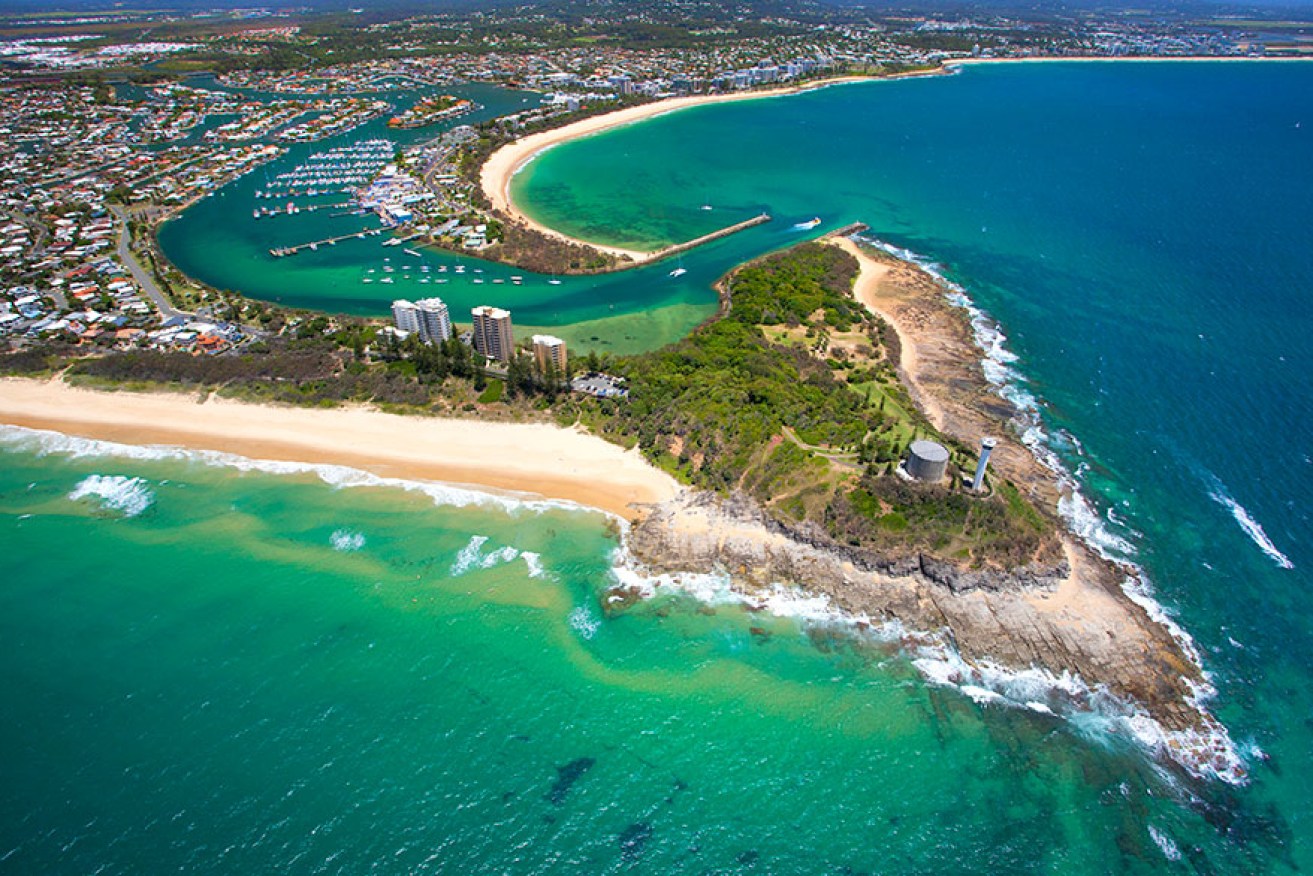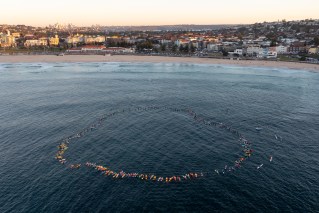Growing pains: Sunshine Coast tries to keep sense of community while still being popular
The future development of the rapidly growing Sunshine Coast is likely to swing back from building new greenfield estates to higher density apartment-style housing along major transport corridors after the Sunshine Coast Council decided to scrap its existing planning scheme.


The Sunshine Coast was the most popular destination for internal migration
The decision at today’s meeting of the council is likely to kick off a fresh round of debate about the region’s future, with some community groups vehemently opposed to accommodating future population growth with more and bigger apartment-style developments.
All but one member of the council voted to replace the planning scheme, adopted in 2014, in favour of a new document to be produced over the next three years. The new scheme will help shape the development of the region, which is expected to need 87,000 new homes to accommodate a population that will top 500,000 by 2041.
The council is under pressure from the State Government to have most of the new housing accommodated with the existing urban footprint rather than through opening up new areas for development.
However, tensions have arisen over continuing to approve new development without waiting for new infrastructure, particularly transport links.
In a report to council on adopting a new planning scheme, officers said it “will need to have an increased focus on urban consolidation (and in particular consolidation done well and at the right locations) as opposed to continued urban expansion”.
Sunshine Coast Mayor Mark Jamieson said the new scheme would need to respond to emerging issues such as implications of the COVID-19 pandemic, the predicted impacts of climate change and new technologies.
“A lot can change in 10 years, but one thing that remains constant is the importance of maintaining our region’s identity, character and lifestyle,” he said.
“Here on the Sunshine Coast, we’ve been experiencing growth for some decades now – it’s not something new.
The council voted to move to a new planning scheme after two hours of debate, with Maroochydore-based councillor Joe Natoli the only dissenter.
However, other councillors expressed concern about the capacity of the Sunshine Coast to carry every more rapid population growth. Others called for assurances that local residents were consulted on the new plan and educated about what it would mean for future development.
Natoli, whose division is likely to be the focus of much of the new “infill” residential development, also criticised the operation of the existing planning scheme, saying it was full of “compromises left, right and centre” in encouraging larger apartment developments in a “windfall for developers”.
He blasted the state government for imposing more density on the coast.
“We are letting them get away with it and it is time we take control. We should be saying to the State Government: “We’ll accept population growth, but on our terms not on your terms”.
Deputy Mayor and veteran councillor Rick Baberowski said the existing planning scheme had attracted 3000 submissions before it was finalised but he predicted that number would be “dwarfed” this time given the amount of community interest in the region’s future.
Jamieson said the council had to deal with both the legacy of previous planning decisions and its statutory obligations to adopt a fresh planning scheme.
He said the real beneficiaries of a good planning scheme would tend to be the younger families who have flocked to the Sunshine Coast in recent times, changing its demographic profile.
“In 2011, we had almost no development,” he said. “Young tradespeople who lived and worked on the Sunshine Coast had to leave, pack up and head to the mines.”
However, he said, it had taken just 10 years for incomes on the Sunshine Coast to go from 22 per cent below the state average to just eight per cent below and people were moving to the region to have an economic future as well as a lifestyle future.












